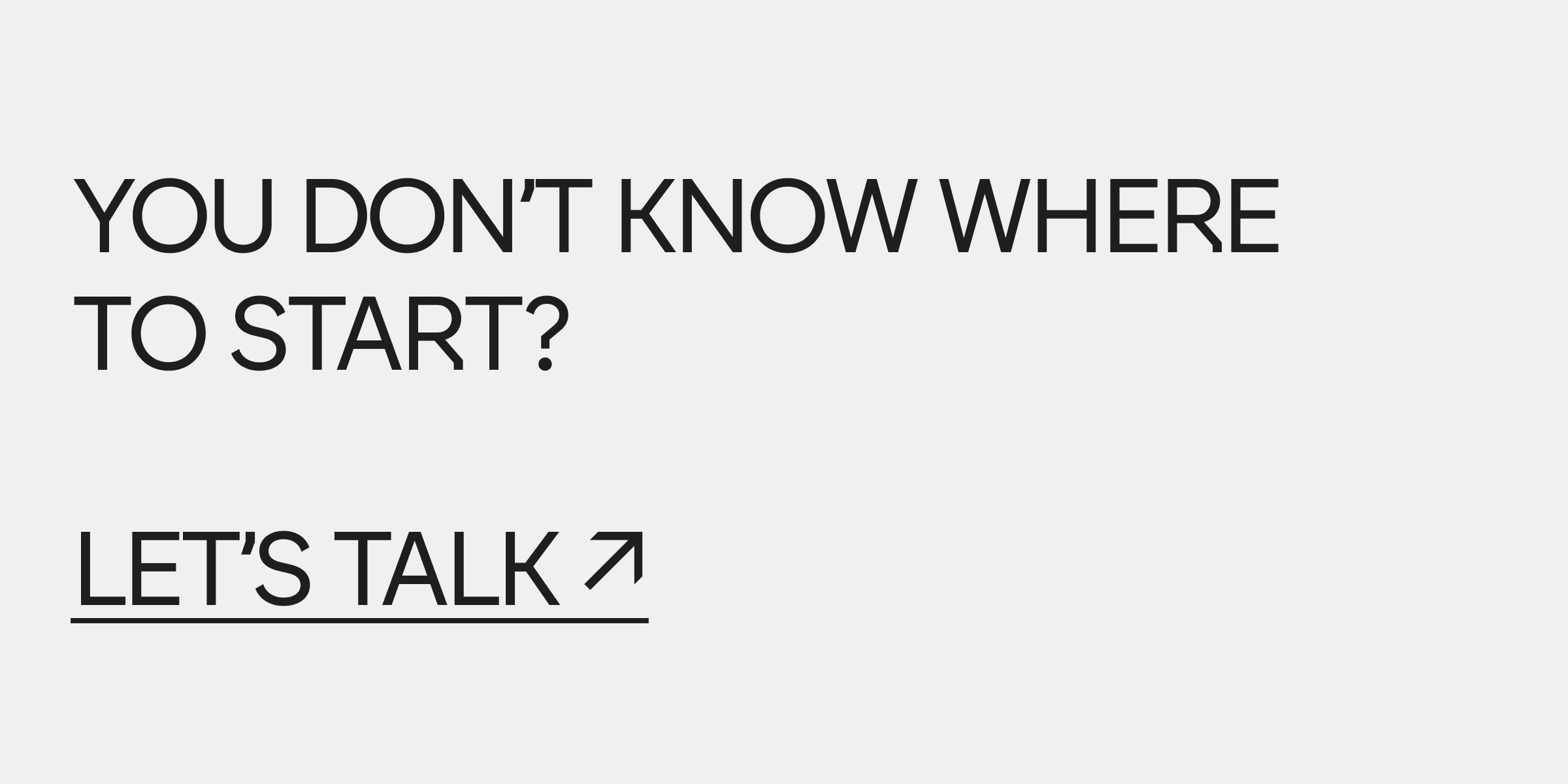Images are an integral part of most websites. They can make them more eye-catching and memorable. However, while large photos are in vogue today, higher resolutions mean larger file sizes, which lead to slow page speed and poor user experience.
Thus, to minimize the loading speed of your website, you should optimize your images for the web. In other words, you should decrease their file size. Additionally, using concise and descriptive names for image files can enhance image SEO by incorporating relevant keywords. If you don’t know how to do it, you came to the right place! In the following article, we will outline the most common image compression methods out there.
What Is Image Optimization?
Image optimization is the process of reducing the file size of an image while maintaining its quality, ensuring faster load times and a better user experience on websites. This involves modifying various aspects of the image, such as its format, dimensions, and resolution, to make sure it looks perfect on both desktop and mobile devices without compromising web performance. For ecommerce websites, image optimization is particularly crucial as it helps lower webpage weight, enhancing the overall shopping experience and adhering to the principles of good ecommerce web design.
the Benefits of Using Optimized Images
The question is – are there benefits to having optimized images on your website? The answer is yes, there are. Check them out!
- Improved website load speed. Page speed is the time a site needs to load completely. It depends on many factors, including website layout and design. In general, websites that have a load speed of fewer than two seconds are favored among internet users. As we have already mentioned, image file size has a huge impact on page speed. If you optimize your images, your page speed is guaranteed to improve. Using responsive images can further enhance website load times and user experience by ensuring images are appropriately sized for different devices.
- Improved SEO. With optimized images, your site will rank higher in search engine results. Large files slow down websites and search engines hate slow sites. Google is also likely to crawl and index optimized images faster if they were to appear in Google image search.
- Boosted conversions. If the goal of your website redesign is to increase conversions and grow your business, you have to optimize the images it contains for the web. According to research, slow page speed can decrease conversion rate. By speeding your website up, you are going to make your website visitors much more likely to convert.
- Reduced bounce rate. Users tend to leave websites that are slow and clunky. So, by optimizing your website images and improving your page load speed, you make your website visitors more likely to stay on your website.
Read also: Understanding Website Speed and Its Importance in E-Commerce

Image Quality and Optimization
Image quality plays a pivotal role in ensuring high conversion rates and a positive user experience. However, high-quality images often come with larger file sizes, which can slow down website loading times. Image optimization strikes a balance between maintaining image quality and enhancing site performance. By optimizing images, businesses can ensure that their visuals look appealing without compromising on speed. This not only enhances the brand’s image but also attracts more shoppers, ultimately leading to increased sales and conversions.
File Types and Image Compression
The main goal of image optimization is to strike a balance between low file size and good image quality. There are several ways to do image optimization. A popular one is to compress images before uploading them to the web.
By using a proper file format and compression method, you can lower your image size by up to five times. However, before you upload the image to your website, you will have to try different file formats to see what works best. Choosing modern image formats like WebP and AVIF can offer better compression and quality compared to traditional formats. The file formats listed below are the most popular ones when it comes to websites.
-
JPEG JPEG is called the “real” file format, as it shows the image in the most accurate way possible. It uses lossy and lossless optimization. JPEG images are suitable for complex color photographs due to their balance of quality and file size. It is also important to use the 'Progressive' setting during export for better loading performance.
-
PNG It produces high-quality images, but also has a larger file size. Was created as a lossless image format, although it can also be lossy. PNG files are necessary if the image has transparent parts, but if it does not, it is better to use the JPG format. Various plugins can compress and resize both JPEG and PNG images when uploaded to WordPress sites.
-
WEBP A file format developed by Google. It supports both lossless and lossy compression. It can reduce the image file size by up to 35% more than JPEG and PNG while still keeping its quality.
-
SVG A two-dimensional vector format that offers lossless compression. SVG files can include vector shapes, raster, and text.
Now, we will explain what the two types of compression that you can use are – lossy and lossless.
When it comes to lossless compression, image size is reduced while its quality remains the same. This will always be true, no matter how many times you compress and decompress an image. The amount of data within the image, as well as its original quality will always remain the same.
In contrast, lossy compression is a type of compression in which, with each compression and decompression of the image file, its quality decreases and the data it displays becomes worse and worse. The biggest advantage of lossy compression is that it can greatly reduce image file size.
What type of compression should you use and when? It depends on whether you want to lower the quality of the image you're optimizing for the web. If you want it to stay as it is, it's best to use lossless compression.
Image Resolution and Optimization
Image resolution is a critical factor in website optimization as it directly impacts both file size and image quality. Measuring and adjusting image resolution is essential to ensure that images are optimized for the web. The right image resolution can significantly affect file size and quality, so it’s important to choose appropriate image dimensions and scaling. Ideally, images should be around 1000 pixels wide to display well on various devices. Ensuring that image dimensions are similar to their display size helps maintain quality while optimizing performance.
Image Optimization Options
Manual compression – You can always optimize an image by hand. Just use the optimization option that many photo editors have and experiment with different file format. You could also use an online image compression tool.
Using the ‘srcset’ attribute – With it, the original, usually large image size can be greatly reduced.
Automatic optimization with a CMS - Different content management systems are equipped with various plugins that automatically optimize photos when you are uploading them to the server. Unfortunately, these plugins tend to be something that you have to pay for.
Lazy loading – This technique forces the web browser to immediately load content that doesn't contain any images or videos. Downloading and displaying additional images and videos will be delayed until the visitor scrolls down and views the part of the page where an image or a video is present. Lazy loading is a key functionality that every website should have. It prevents all images from being downloaded as soon as you first access the site, which can slow it down significantly.


Content-heavy websites that utilize multiple images to showcase their products can greatly improve their user experience thanks to image compression. Here is the custom e-commerce SENECA website with a bunch of optimized images, created by Adchitects.
There are numerous image optimization tools available that can help reduce file sizes and improve image quality. Popular tools like Squoosh, TinyPNG, and SVGOMG offer robust image compression and optimization features. These tools automate the optimization process, making it easier to prepare images for the web. Additionally, plugins such as EWWW Image Optimizer Cloud, TinyPNG, Kraken.io, and Imagify can streamline the image optimization process for WordPress users, ensuring that images are optimized efficiently and effectively.

Best Practices for Image Optimization
To optimize images effectively, it’s essential to follow best practices. Here are some tips:
- Use the right file format: Choose the appropriate file format for your images, such as JPEG for photographs and PNG for graphics.
- Compress images: Utilize image compression tools to reduce file sizes and improve load times.
- Resize images: Adjust images to the correct size before uploading them to your website.
- Use alt text: Write descriptive alt text for your images to enhance accessibility and SEO.
- Use image sitemaps: Implement image sitemaps to help search engines discover your images.
- Test your images: Regularly test your images to see which ones convert more customers and improve user experience.
By adhering to these best practices, businesses can optimize their images effectively, enhancing website performance, user experience, and ultimately, their bottom line.
Our Optimized Approach – We Work With More Than Just Images
Remember to always upload images that aren't that big and don't weigh too much. Both of these factors are very important for image optimization. While the entire process of image optimization might be a bit time-consuming, it will likely lower your site's bounce rate and improve its load speed.
At Adchitects, we build websites in accordance with the most innovative web design standards. Our work is never truly over. Once a website goes live, we can help our clients maintain it, and that includes keeping the images on it optimized. We emphasize the use of optimized image formats to enhance image compression in web-based applications, highlighting tools that allow users to easily convert images into efficient formats such as JPEG XL, WEBP, and PNG. We also offer website analysis services aimed at improving load times and accessibility. If you'd like us to help you with website optimization, make sure to drop us a line. We will be more than happy to lend you a hand!







